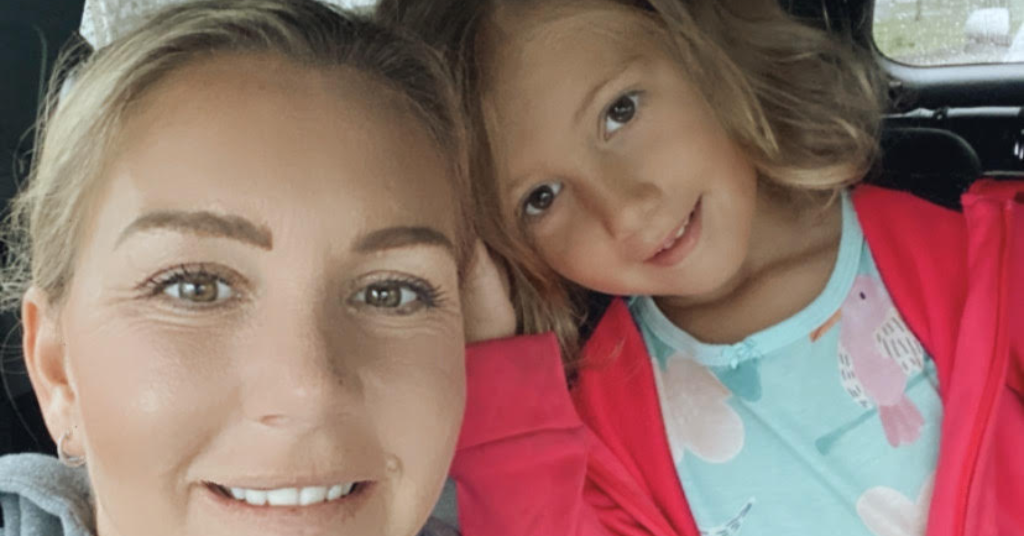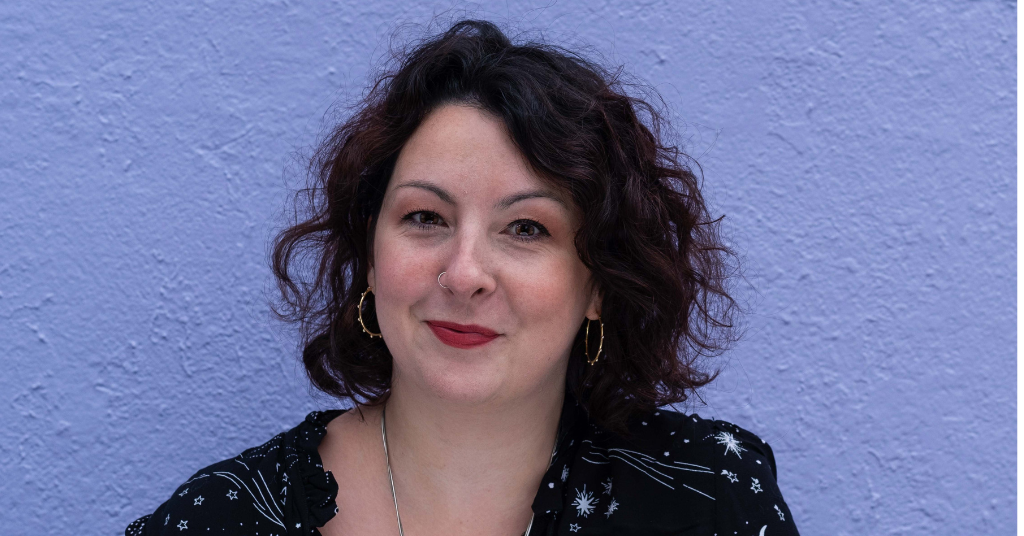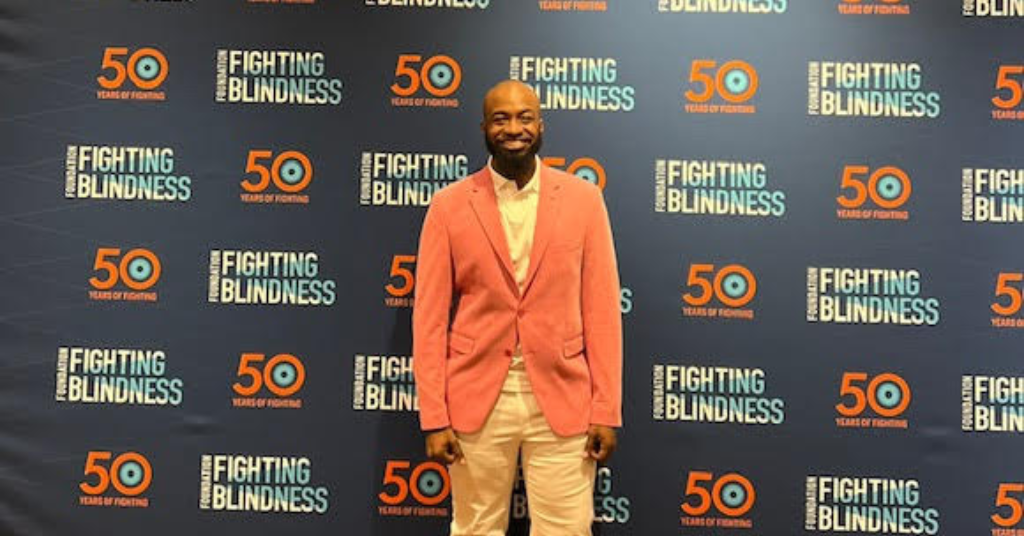
Deaf, Hard of Hearing Mothers Needed for Survey about Health Care during Pregnancy
May 4, 2021
Meet Phonak “hEARo” Elspeth Bowes
May 7, 2021“Padapillo,” a children’s book about late onset hearing loss

Padapillo, a children’s book about late onset hearing loss, is now on bookshelves – just in time for Better Speech and Hearing Month.
A Children’s Book about Late Onset Hearing Loss
Author Valerie James Abbott says she was inspired to write Padapillo, a children’s book about late onset hearing loss, because of her daughter Bridget. It’s based on the true story of how her family discovered and came to terms with Bridget’s hearing loss.
When Bridget was diagnosed in 2008, Abbott had a hard time finding books that featured current technology.
“A Button in Her Ear was a great book, but it was written in 1976,” Abbott says. “And the child in the story was using a very old-style hearing aid.”
Abbott also looked for books that addressed the emotional journey of the family, including the perspective and role of siblings. She didn’t have any luck. Padapillo was originally written to fill a void for her family. It wasn’t until years later that Abbott realized that the story might also meet the needs of others.
Writing Padapillo
Padapillo has been written and rewritten several times from different perspectives, Abbott says. The author says wasn’t even sure how the story was supposed to begin or end. She was so focused on keeping it 100 percent factual and 100 percent non-fiction. At one point, a professor at the University of Richmond who was advising her suggested she consider writing the story as fiction. She was reluctant, but it allowed her to reimagine everything. The older sister became the main character.
“I ended up placing all of my own emotions of doubt, fear, guilt, and acceptance into her,” Abbott says. “The questions she asks and worries she has within the story are actually the questions and worries I had. I’m glad it is a piece of fiction with every word based on fact.”
Abbott’s bio describes her as being a parent advocate, champion for early hearing detection and intervention programs, and an active promoter for parent-to-parent support organizations. She has served on boards and state councils that are dedicated to serving families of children who are deaf or hard of hearing.
Read more: Meet the 9-year-old who published a book about hearing loss
Synopsis: Padapillo
The 39-page paperback book includes resources for families at the end. In the introduction, Abbott cites the statistic that as many as 3 in 1,000 babies are born deaf or hard of hearing in the U.S. Late onset or progressive hearing loss can also develop later on during early childhood. This is what happened to Bridget, who passed her newborn hearing screen at the hospital when she was born. When her hearing changed, the family didn’t notice. It wasn’t until her verbal skills became significantly delayed that they realized something was wrong.
Bridget actually changed many words to mirror the distorted vocabulary she heard – so many that she created her own language, Abbott says. This is one of the signs of undiagnosed and untreated late onset hearing loss. She became a fluent lipreader as well, another behavioral change the family didn’t notice. The title is a reference to a word that Bridget changed.
As for the book, it’s relatable and written in an easy, engaging style.
“I thought I knew everything about my little sister, Bridget,” the narrator begins. “After all, she’s little. I knew her favorite song. I knew her best friend’s name, and I even knew how much she hated broccoli. But there were things I didn’t know about her. Like why she did weird things. She never answered the door when the doorbell rang…”
A Journey through a Hearing Loss Diagnosis
Readers are taken along on Bridget’s journey as her hearing loss is diagnosed. Through the audiologist, Dr. Anna, the different parts of a hearing aid are explained. The awareness and acceptance of Bridget’s hearing loss by Bridget and her family are lovingly depicted. This is part of Abbott’s vision. In books featuring children with hearing loss, there are usually superhero themes or animal characters, she says. The main character or narrator is often the one with hearing loss. Abbott, however, wanted her story to focus on the emotional experience of family members and the unique relationship of siblings.
“Childhood hearing loss is a family journey – a family experience,” Abbott says. “Each of us walk through, and eventually reflect on, the experience with a different perspective. Doubt, grief, fear, frustration, relief are all very normal feelings for family members to have and they need to be validated. I want readers to notice how members of the family might be reacting to the diagnosis, the treatment process, the social and relationship aspects of the journey. This is how children acquire empathy. Seeing ourselves or someone we love within a story, especially one based on real life, helps us to know we are not alone.”
“Childhood hearing loss is a family journey – a family experience.”
Intentional Illustrations
Illustrations done in deep, soft watercolors by Gina Wojtysiak add to the story. The focus is on making sure the feel and flow of the images allow the reader to imagine themselves inside the story, Abbott explains.
As Abbott points out, one of the important aspects of Padapillo is its connection to nature. It begins and ends in an outdoor setting. The story opens with the discovery of a hidden caterpillar (“padapillo”) and ends with the release of a proud butterfly – a perfect metaphor.
Because both the author and illustrator live in Virginia, and Abbott’s family journey with hearing loss took place there as well, the Virginia state tree/flower (Dogwood) and the state insect (Easter Tiger Swallowtail caterpillar/butterfly) set the important scenes.
“As this story is based on our family’s real life journey, we wanted the illustrations to also look and feel lifelike,” Abbott says.
Abbott’s Goal
Abbott’s primary goal is for this children’s book about late onset hearing loss to become a standard tool for audiologists, early intervention providers, and others to use at the beginning of a family’s journey after a hearing loss diagnosis.
Watch: What to expect at your child’s audiologist appointment
Too often, Abbott says, parents are told their child is deaf or hard of hearing and they walk out to their car empty handed. Maybe they receive a copy of the audiogram and a brochure from a hearing aid manufacturer. It’s an emotional, overwhelming time, and they’re sure to have lots of questions. Padapillo can be given to families at the time of diagnosis and help professionals open the door to a conversation about how the family is feeling.
“My hope is that Padapillo leads to more families thriving and dreaming big for their children who are deaf and hard of hearing,” Abbott says.
As for Bridget, she’s now 15-years-old. She wears silver Phonak Naida M90 SP hearing aids currently with teal, purple, and silver sparkle molds. In the past, she’s had pink, purple, and blue Phonaks (always with swirled colors and silver sparkles). She feels silver will match her jewelry selection better and is always eager to show off her aids, Abbott says.
New Hearing Loss Awareness Campaign
In addition to launching Padapillo, Abbott has co-founded a new awareness campaign with Justin Osmond, CEO of the Olive Osmond Hearing Fund. The campaign is called Late Onset Hearing Loss Awareness Week (May 4-10). This will be an annual campaign to shine a spotlight on the importance of identifying young children who acquire permanent hearing loss after birth by monitoring developmental milestones and seeking audiological testing when any developmental delays are present or suspected.




